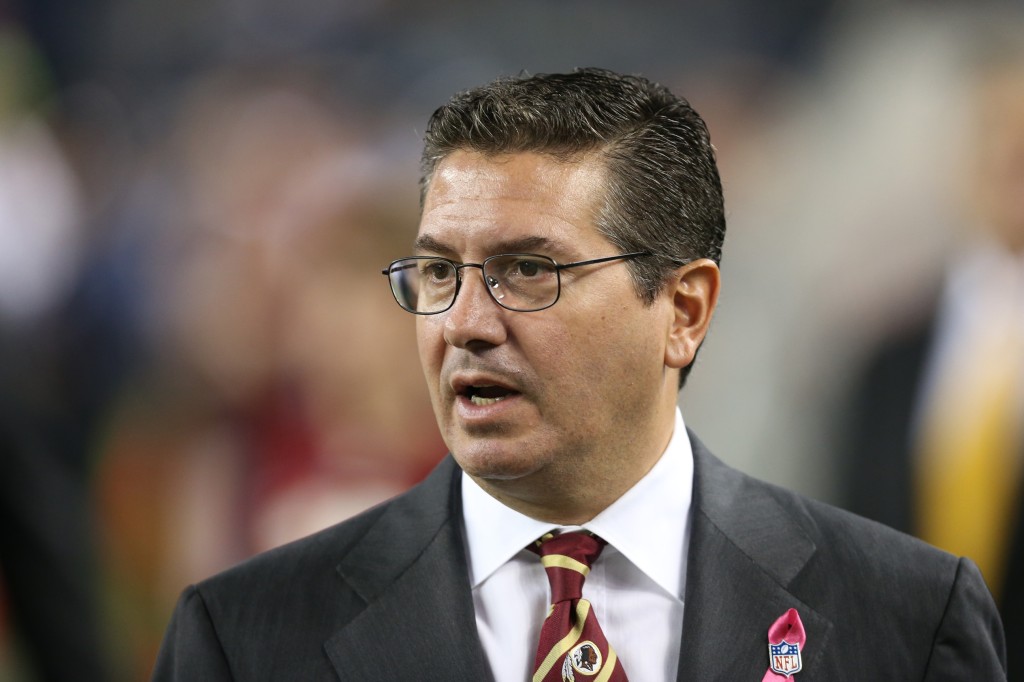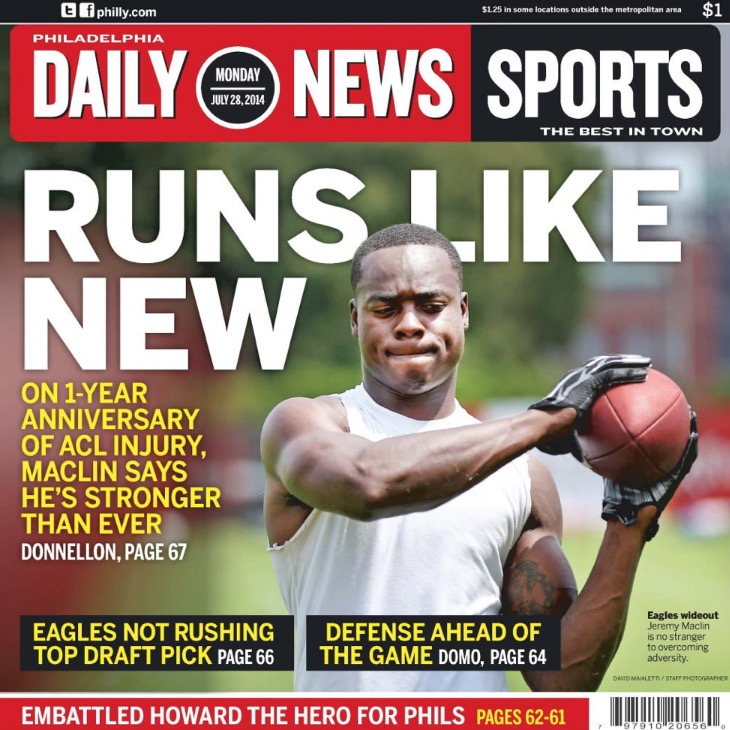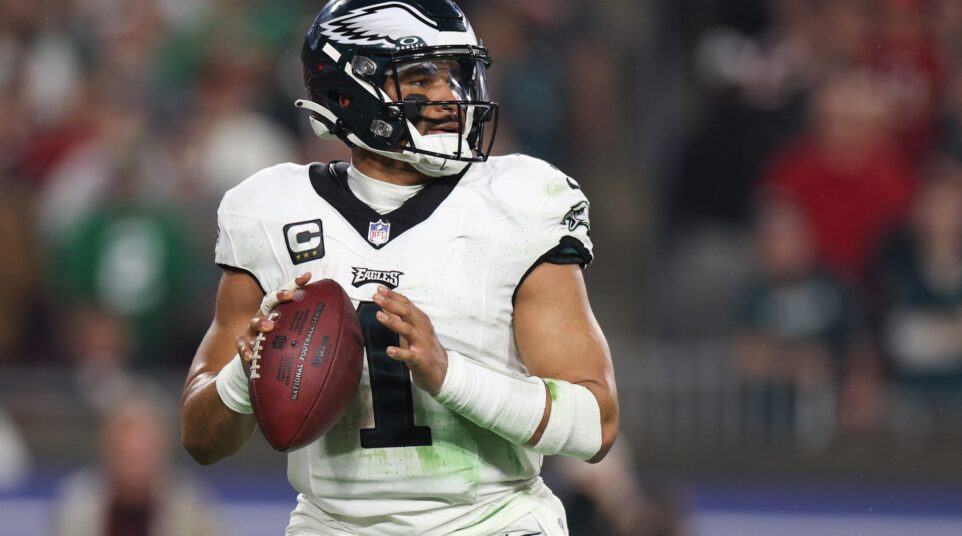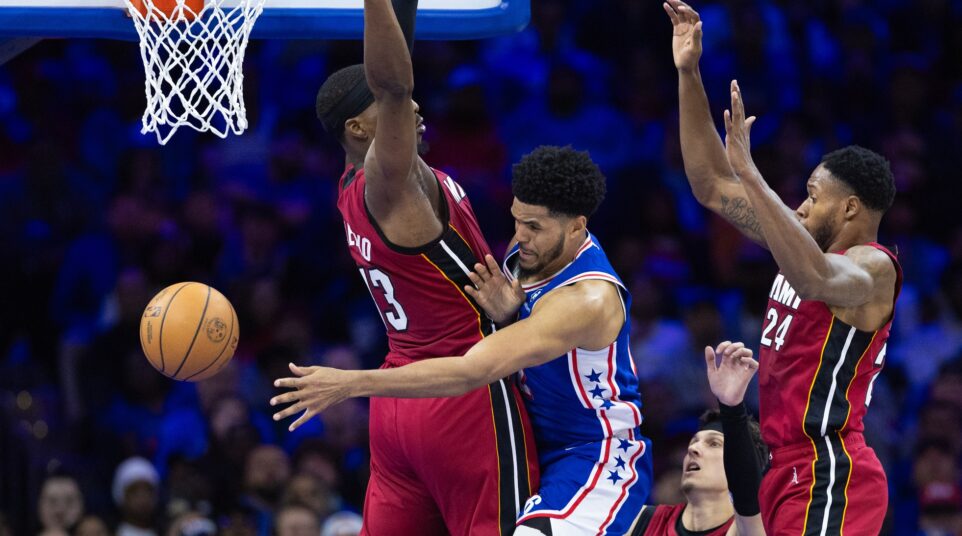The Washington Times Has Partnered with the Washington Redskins to Cover... the Washington Redskins
From the Washington Times, which today enters into a content partnership with the Washington Redskins, the subject of its “coverage”:
The Washington Times and the Washington Redskins announced a unique partnership that will make the newspaper a content and marketing partner of the team.
Under the partnership, the Redskins and the Times will collaborate on unique content offerings throughout the year designed to provide Redskins fans with compelling, timely and unique coverage.
The offerings will include a weekly “Redskins Weekend Game Guide,” which will wrap the front page of the Times’ print edition each Friday during the NFL season and a new free digital magazine called “The Redskins Report,” which will showcase exclusive content about the Redskins. Both features are expected to launch in August.
In addition, Times’ sports reporters, such as Thom Loverro and Zac Boyer, will provide commentary and analysis on selected Redskins‘ radio and TV shows and also appear on the team’s online pregame show and the halftime shows. The halftime show also appears on FedExField’s HD video boards during halftime.
The team will provide the Times with commentaries and access to players, coaches and front office personnel that will be incorporated into the Times’ weekly guides, digital magazine and special sections.
That reads like satire for what’s wrong with sports journalism. As if traditional sports media isn’t already in bed with its subjects, here comes The Washington Times to strike a content partnership with the team it’s covering, a deal that will effectively whitewash any criticism of, say, that team’s radically offensive name. Well played, Mr. Snyder. Well played.
Never mind that the Washington Times or even sports in general aren’t that important in the grand scheme of things, this is a great example of the difference between old and new media. Another good one is Les Bowen getting irrationally angry over a blog post by Allen Rodriguez, who dared to question Jeremy Maclin’s ability and effort. Whether you agree or disagree with A-Rod’s(?) conclusion, there’s no avoiding the fact that his piece, which cited HD video footage as evidence, was well-written and thought-provoking. But not for Les, who couldn’t comprehend how someone could analyze a game or draw conclusions about a player from the comfort of his own home, while reporters got the real story about players and coaches from the players and coaches themselves.
Whether it’s sports, news or politics, mainstream media outlets often present their coverage from the top-down.* It’s why CNN always cites “US officials” and mostly ignores reporting from the rest of the world or people who aren’t official sources. That’s not to imply there’s any sort of conspiracy, but official sources – whether they work in the US Capitol or Lincoln Financial Field – typically have some skin in the game and a general message they want to impart. Rarely do you hear players and coaches, or Presidents, Senators and sources, say something that isn’t in their best interest. Their words are part of the story, sure, but often they’re only part of the story. The subject (person or thing) should almost never frame the entire story. Yet, it happens all the time. Why? Two reasons, I think:
1) It’s the way things have always been done. In sports, reporters and editors start out as interns, move on to covering high school teams, work their way into a few big-time press conferences, eventually get to interview an athlete, take on a beat for a major team, get a column, and become an editor. That’s the career path. There’s a similar arc for all fields of reporting. From very early on, including college, it’s taught that the stories about [insert subject] come from [insert subject]. That’s just what you do. Sometimes you get some fan sentiment, talk to “league sources,” or draw your own conclusions, but many stories, like that sunshiny one about Maclin on the back page of the Daily News today, come exclusively from the subject himself or herself. Of course Maclin is upbeat, positive and confident returning from an ACL injury. Athletes usually are in those situations. It’s barely a story, let alone the story today. It’s not particularly informative, insightful or interesting. It’s just Maclin saying he feels good. It would’ve been balanced with something like, ironically, Rodriguez’s post.
2) Access. Les Bowen wouldn’t dare write something as critical of Maclin as Rodriguez was, because of the threat of losing access to do number one (in this list, not peeing). Many organizations, including local sports teams, use that threat to influence coverage. And do you really think Tom Woodward and Zac Bernstein at the Times will ever break a story about DeSean Jaccson riding shotgun during a gang shooting (HYPOTHETICAL) or about one of his teammates dropping an N-bomb at a country concert? Of course not. Snyder would probably have them removed from Earth for such a thing. He just bought himself not only the ability to cut access for the Times, but perhaps also the ability to have their reporters fired or reassigned.
This is one reason why people prefer new media over old media. I don’t believe it’s intentional, but years of institutional wisdom have clouded the goal for mainstream media, which should be to cover your subject, not provide coverage of your subject. I think there’s a difference. What the subject does and says is only part of what should go into covering them.
Many new media outlets and reporters have learned that you can often cover a subject better (though not perfectly) from afar, or at least from some distance, than you can by being right in front of the damn thing. They (we) realize that the audience is the readers or viewers or listeners, not the person or thing that’s being covered.
Which takes us back to The Washington Times. For some reason they think readers want what amounts to glorified PR for the team. Sure, that sort of thing might provide a self-serving bump in the short-term, but it stands no shot of working out in the long-term. And if this is what newspapers have to resort to just to stay afloat, they might as well shut it down now.
*This doesn’t mean every mainstream reporter does this. There are some very good ones, in all fields, both locally and nationally. But it’s an institutional thing.
via (@barryap1)







